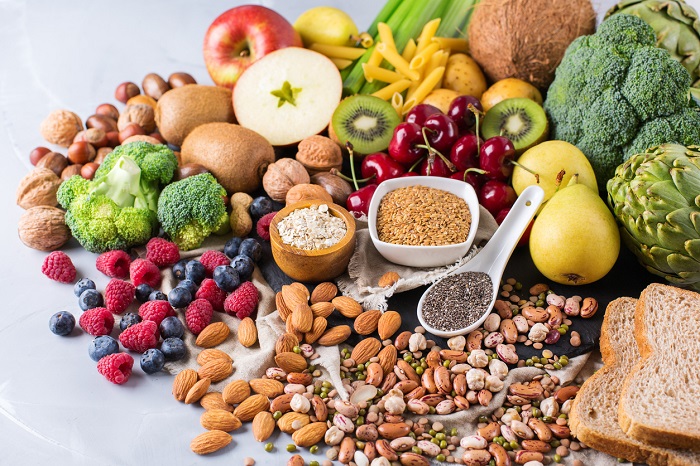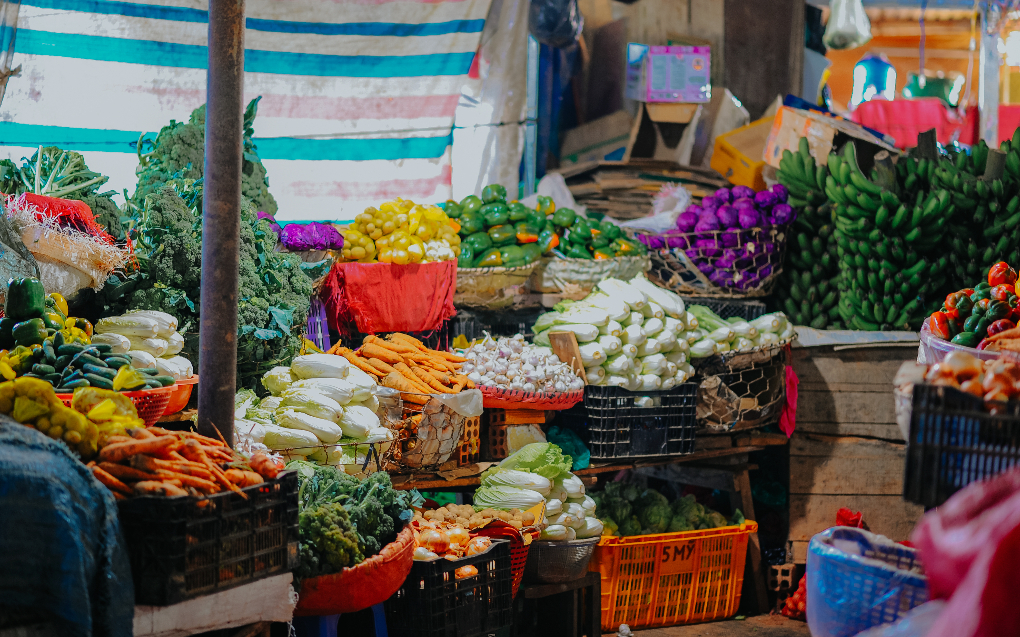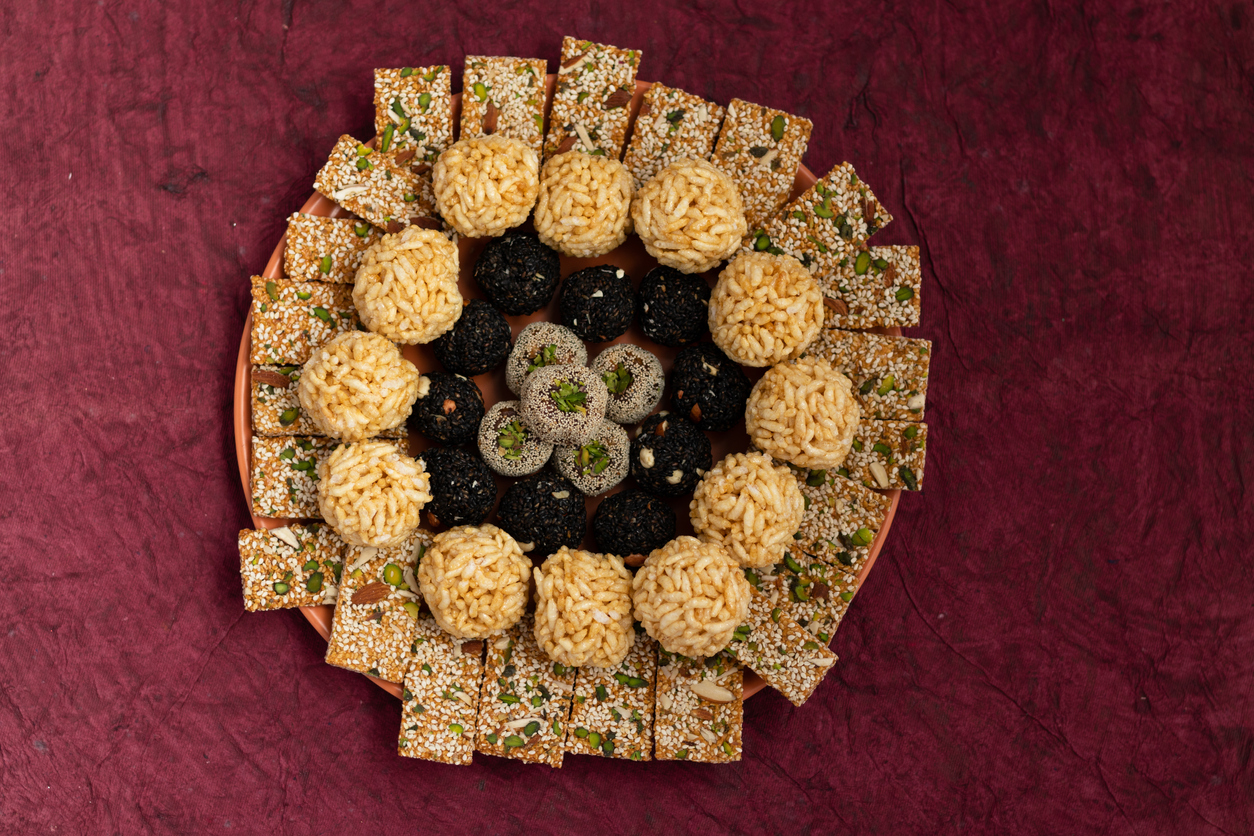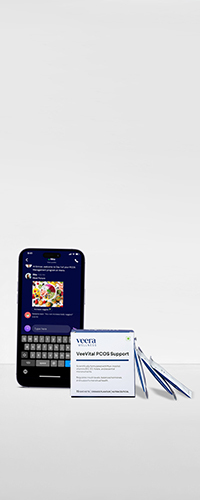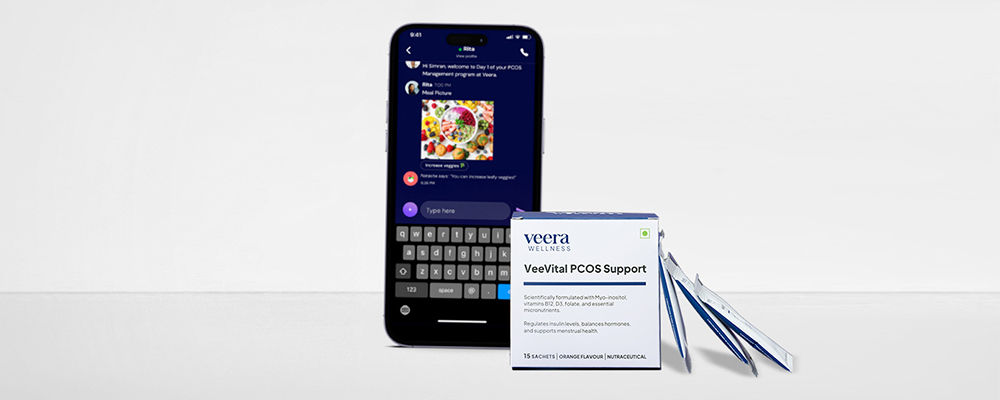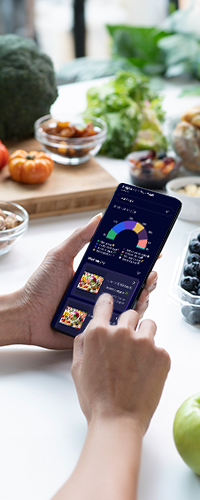These days, supermarkets are teeming with health-foods and diet snacks touting to solve all of your problems. From organic, all-natural, gluten-free, to low-calorie and vitamin-enriched, the labels can be confusing! It’s hard to know which of these claims are genuine and which are just meaningless marketing gimmicks. Moreover, eating the wrong stuff can impact your health – either causing bloating or digestion issues. So, how do you stay informed about what you’re eating? Let’s find out.
Demystifying nutrition facts
The Food Safety and Standards Authority of India has drafted new rules for food manufacturers to include nutritional facts on the front of the pack. Soon, packaged foods rich in saturated fats, sugar or salt will be required to display red coding on the front. Till then, you must lookout for the ‘Nutrition Facts’ panel at the back of the pack.

Source: EatRightIndia.gov.in
This section displays the quantity of nutrients in the food along with the % Daily Value (DV) in relation to the recommended daily dietary allowance. 5/20 is a common rule of thumb, that 5% of DV is a low value and 20% is a high value. With saturated fats, trans fats, cholesterol, and sodium, try to choose food with less than 5% daily value, while with potassium, fibre, vitamins A and C, calcium, and iron, choose foods that contain more than 20% daily value. Look out for deceiving products though, most store-bought packaged soups have about 35% DV of sodium and a can of the original Coca-Cola contains about 78% DV of sugar, both are too high!
Seeking out the serving size
The serving size is an important guideline that most people overlook. It’s mentioned right at the top of the Nutrition Facts label, followed by the nutrients per serving. Now, the nutrients in one serving are not the same as the total nutrients in that package, therefore pay attention to how much is in one serving, and how many servings are consumed. But it’s not uncommon for people to mistake the two!


Source: Lose It! at https://loseitblog.com/2018/08/09/the-tale-of-true-serving-size/
Inspecting the ingredients
Ingredients on food labels are listed in descending order of their quantity. So if a ‘superfood’ is listed at the very end of the ingredients list, it may not be that ‘super’ in value after all. Contrary to the all-healthy claims on the cover, the ingredients list might expose baddies like sneaky sugars, salt, and trans fats. When you speed-read these items, look out for partially hydrogenated oils, monosodium glutamate (MSG), xanthan gum, corn syrup, sucralose and artificial sweeteners like dextrose.
‘Whole’ may not be so wholesome
Don’t let the different types of breads and wheat products overwhelm you. When in doubt, remember that whole wheat or whole grain is always better than refined or even multigrain. There’s a caveat here: unless the whole grains are at the top of the ingredients list or it says 100% whole wheat, it might include a very small percentage of whole grain mixed with processed flour.
When less is more
It’s easy to assume that low-fat and fat-free equal healthy. The truth is that when fat is removed from food, ingredients like artificial sugar and thickeners are added to make up for the lost taste and consistency. So when you choose foods labelled ‘lite’ or ‘low-fat’, you’re likely to be taking in unhealthy additives and missing out on healthy fats. Be sure to check the label to see what’s been added instead.
Sweet nothings with side effects
While naturally occurring sugars in foods such as fruits are perfectly fine and healthy, you need to be careful about artificial sweeteners and added sugars. Artificial sweeteners (sucralose, saccharin, acesulfame, aspartame and neotame) have the benefit of being exponentially sweeter than sugar, all while containing almost no calories. But they’ve also been linked to insulin resistance, Type 2 diabetes and metabolic disorders. We suggest opting for natural sweeteners like fresh fruit, stevia and honey instead. Added sugars in packaged foods come veiled under different names like dextrose, cane sugar, corn syrup, lactose and sucrose, maltose and galactose. Make sure your daily intake of added sugars does not exceed more than 25g or 6 teaspoons even with natural sweeteners.
Hollow lofty phrases
Always be sceptical of unverified claims like “made from real fruit” or “immunity booster”. Even if something is made from real fruit, it may be a small percentage with plenty of added sugars. An overhyped term to ignore is ‘gluten-free’. From your chips to your beauty products, it’s been leveraged everywhere. But unless you have celiac disease and are intolerant to gluten, there really isn’t any reason you should be avoiding it. Gluten-free foods can deprive you of essential nutrients and can even contain more calories.
We hope this guide helps you make better choices at the grocery. For more nutrition advice, you can book an appointment with our expert nutritionists at Veera Health.
Disclaimer: Content on Veera is provided for informational purposes only and is not intended as medical advice or as a substitute for medical advice given by a physician or trained professional.
References:[1] Center for Food Safety and Applied Nutrition. (n.d.). How to Understand and Use the Nutrition Facts Label. Retrieved June 27, 2020, from https://www.fda.gov/food/new-nutrition-facts-label/how-understand-and-use-nutrition-facts-label[2] Food Safety and Standards, Authority of India. (n.d.). Eat Right India. Retrieved July 16, 2020, from https://eatrightindia.gov.in/EatRightIndia/back.jsp[3] FSSAI. Regulation on Labelling (Claims). Ministry of Health and Family Welfare 2012 [4] Hallez L, Qutteina Y, Raedschelders M, Boen F, Smits T. That’s My Cue to Eat: A Systematic Review of the Persuasiveness of Front-of-Pack Cues on Food Packages for Children vs. Adults. Nutrients. 2020;12(4):1062. Published 2020 Apr 11. doi:10.3390/nu12041062[5] Johnson RK, Appel LJ, Brands M, et al. Dietary sugars intake and cardiovascular health: a scientific statement from the American Heart Association. Circulation. 2009;120(11):1011-1020. doi:10.1161/CIRCULATIONAHA.109.192627 Team, W. (2020, May 08).[6] Which Bread Is Best For You – Whole-Grain, Multigrain or Whole Wheat? Retrieved June 27, 2020, from https://health.clevelandclinic.org/bread-best-whole-grain-multigrain-whole-wheat/[7] Van der Horst K, Bucher T, Duncanson K, Murawski B, Labbe D. Consumer Understanding, Perception and Interpretation of Serving Size Information on Food Labels: A Scoping Review. Nutrients. 2019;11(9):2189. Published 2019 Sep 11. doi:10.3390/nu11092189

